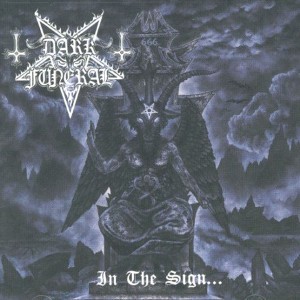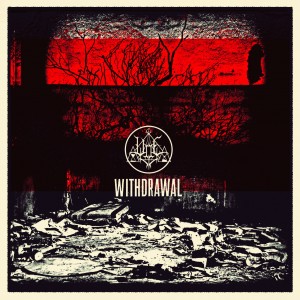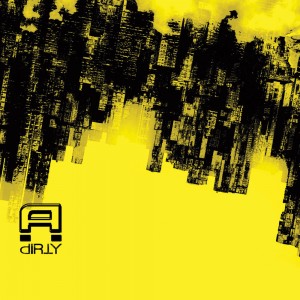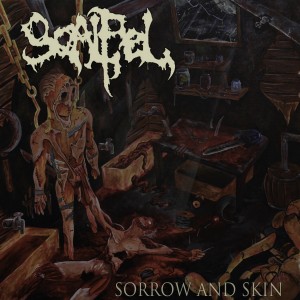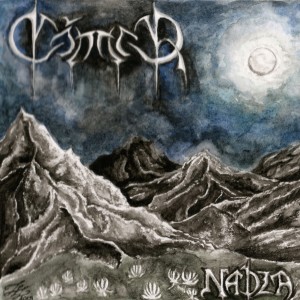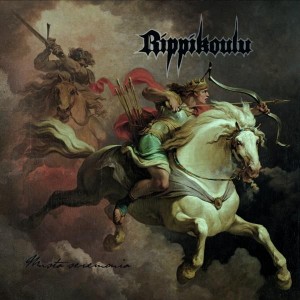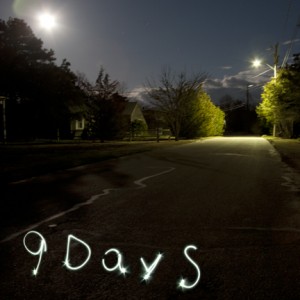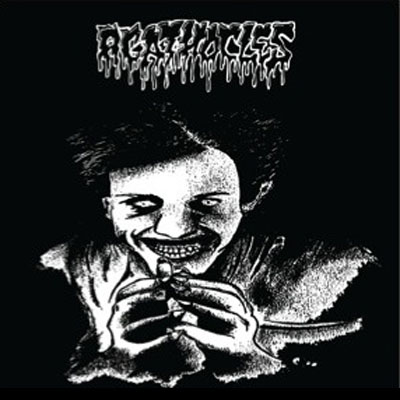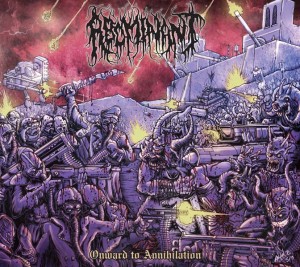 Abominant make midwestern death metal which showcases its extensive and varied influences within the metal genre. Astute observers will note charging death metal like Afterlife, but simpler and more direct, mixed with heavily Iron Maiden influenced heavy metal.
Abominant make midwestern death metal which showcases its extensive and varied influences within the metal genre. Astute observers will note charging death metal like Afterlife, but simpler and more direct, mixed with heavily Iron Maiden influenced heavy metal.
Onward to Annihilation exhibits Abominant at the height of their powers, having been making metal for over two decades. The tempo changes are crisper, the riffs faster, and the vocals put the sore abraded throat sound of death metal singing to a powerful use. The lengthy fast and emotional bluesy solos are still rippling through the bridge riffs.
Songs are fundamentally riff salad wrapped around a verse-chorus construction like a DUI driver wraps her SUV around a light pole. Structures veer off the beaten path, but do so as a way of returning, and tend to go through a series of riffs from heavy metal and speed metal before returning to the death metal norm.
Abominant have improved on previous efforts by evening out the balance of melodic material to the rest, and keeping the intensity up by tossing out less intense riffs. This shows the band at their leanest and meanest, smashing their heavy metal-death metal fusion into the faces of an oblivious world.
Onward to Annihilation, Abominant’s 10th studio album, is out now on Deathgasm Records.
- We Are Coming
- Conquerors of Dust
- Left to Rot
- Battlescarred
- Onward to Annihilation
- Hold Your Ground
- Beside the Dying Flame
- Legions of Hell
http://www.youtube.com/watch?v=GPwLppaGe04
http://www.youtube.com/watch?v=hn2Xo4t2iRM
2 CommentsTags: abominant, death metal
